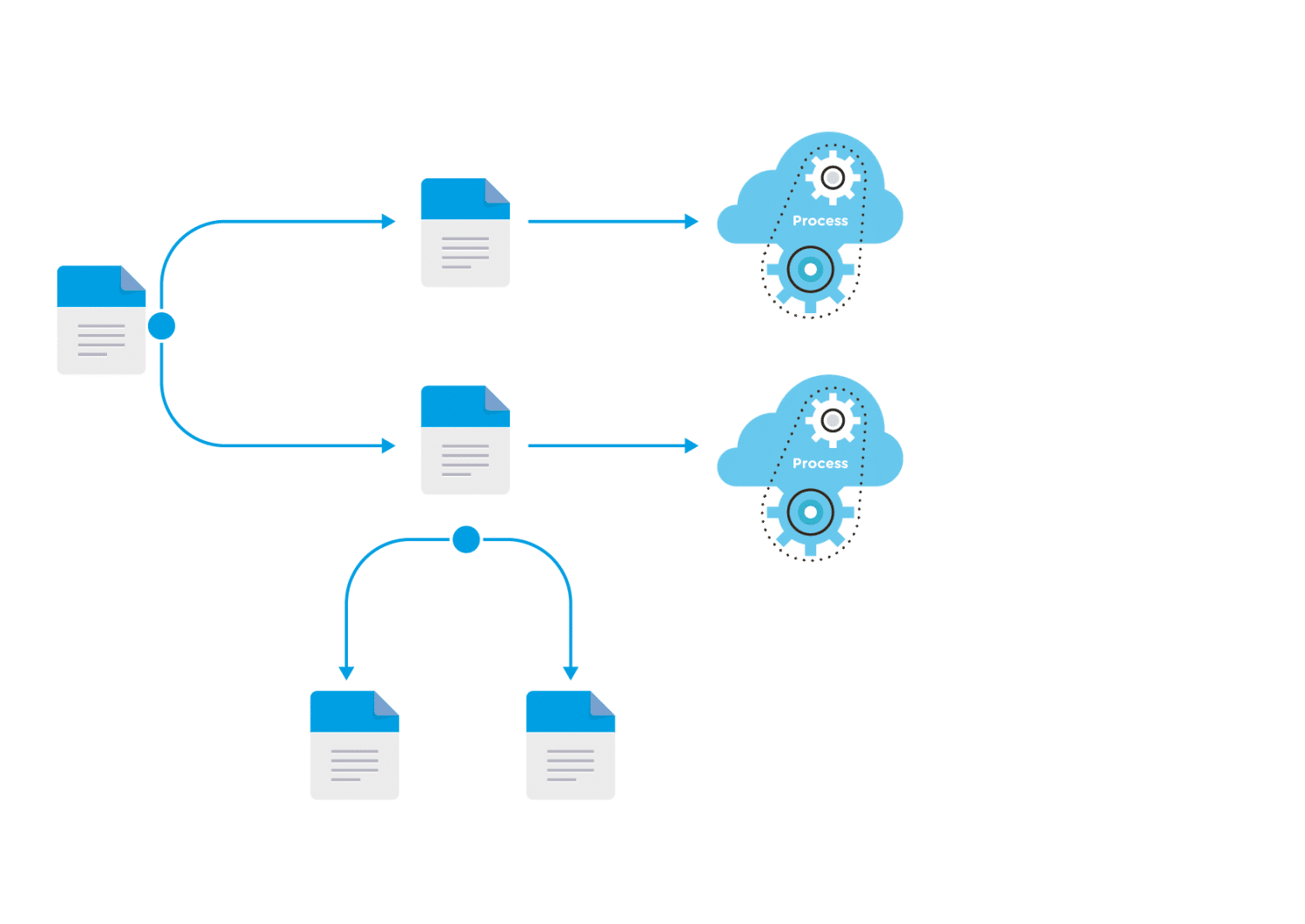1. Introduction
In our fast-paced, data-driven world, data migration — moving information from one system or storage location to another — has become a pivotal operation for businesses of all sizes. This critical procedure, however, is not without its complexities. This blog post will illuminate the nuances of data migration, discuss potential challenges, and highlight how EnduraData EDPCloud can significantly simplify your migration tasks.
2. Unpacking the Essentials of Data Migration
Data migration is more than just transferring bytes from one place to another. It involves several steps, including selecting the data, preparing the destination, transferring it, and validating the migration. The process demands a carefully crafted strategy, careful execution, and rigorous testing to ensure data integrity and security throughout the operation. Successful file migration requires comprehensive planning, from choosing the appropriate method to preparing for potential obstacles and setting the proper migration sequence to ensure minimal disruption to business operations. Any failures can cause serious setbacks, risks, and significant costs. It is critical to plan. Be warned that
3. Potential Roadblocks in Transferring Information
Despite its importance, migration comes with its challenges. One may face data loss, downtime, and compatibility problems between the source and destination systems. These challenges can compromise the integrity of the data and disrupt business continuity. Recognizing these potential pitfalls ahead of time can help prepare better and lay the groundwork for a seamless transition. Moreover, these issues underscore the importance of choosing a reliable and efficient solution.
4. Potential risks
The following are a few risks of data migration failures. It is critical to plan.
Sure, here are ten potential risks that can lead to failure in projects:
- Inadequate Planning: Data managers can quickly run into issues without a well-defined plan. The planning phase should include a clear understanding of the source and target systems, data formats, and the necessary transformations.
- Lack of Data Quality Assessment: Before initiating the migration process, it’s crucial to assess data quality. Ignoring issues like redundant data, incorrect entries, or inconsistencies may result in a flawed migration.
- Incomplete Data: If all relevant data is not correctly identified and mapped, it could lead to incomplete data. This can affect the functionality of business operations relying on that data in the target system.
- Data hoarding: Avoid data hoarding. It can lead to significant costs and confusion.
- Underestimating Complexity: Data migrations can be complex, often involving data transformation between different formats. Underestimating this complexity can lead to failure.
- Insufficient Testing: It is critical to perform thorough testing after migration to ensure all data has been accurately transferred and all systems function properly. Preliminary testing can leave errors undetected.
- Lack of Skills and Expertise: These projects require specific knowledge and skills. If the team lacks the necessary experience, it can increase the chance of failure.
- Insufficient Downtime Planning: Migration efforts often require system downtime. Not properly planning for this and not communicating clearly about anticipated downtime can lead to confusion and interruption in business activities.
- Not Accounting for Data Security: If data security measures aren’t well planned and executed, sensitive data could be at risk during migration.
- No Clear Rollback Strategy: If something goes wrong during the migration, it’s crucial to have a rollback strategy to revert to the original state. Lack of such a plan can lead to loss of data.
- Lack of Ongoing Support: Once the migration is complete, ongoing support is often necessary to handle unforeseen issues. If this is not planned for, it could lead to system disruption or data loss.
It’s essential to be aware of these risks and to take steps to mitigate them as part of a comprehensive plan.
5. The Role of File Transfer Solutions in Moving and Migrating Data
This is where file transfer solutions come into the picture. These software tools can be your allies during the data migration, providing secure and efficient methods to handle large volumes of data. They ensure the transferred files are correctly formatted (Think little and big endian) and compatible with the target system, making the process much smoother. The proper file transfer solution can alleviate the common pain points, significantly reducing the risk of data loss or corruption.
6. Streamlining Data Migration with EnduraData EDPCloud
Enter EnduraData EDPCloud, a comprehensive solution to many of the challenges associated with data migration. EnduraData EDPCloud stands out with its real-time data replication feature, ensuring data consistency during migration. Its robust security safeguards your valuable data, and its capacity to handle large-volume data transfers makes it an ideal choice for sizable migration projects. Whether your migration involves moving data between different departments within an organization or transferring files to a remote data center across the globe, EDPCloud is up to the task. The software can be deployed on-premises, in the cloud, or a hybrid environment, offering unparalleled flexibility to meet your needs.
7. Conclusion
Data migration is a crucial, albeit complex, operation that can be significantly simplified with the right tools. EnduraData EDPCloud, with its robust security, real-time data replication, and efficient data handling capabilities, ensures successful migrations. Embrace the convenience and security of streamlined activity with EnduraData EDPCloud.
Additional resources:
- https://ieeexplore.ieee.org/document/271615
- https://techcrunch.com/2023/06/02/hackers-launch-another-wave-of-mass-hacks-targeting-company-file-transfer-tools/
- https://dl.acm.org/doi/10.1145/3372454.3372472
- https://www.enduradata.com/data-migration-file-replication/
Share this Post
